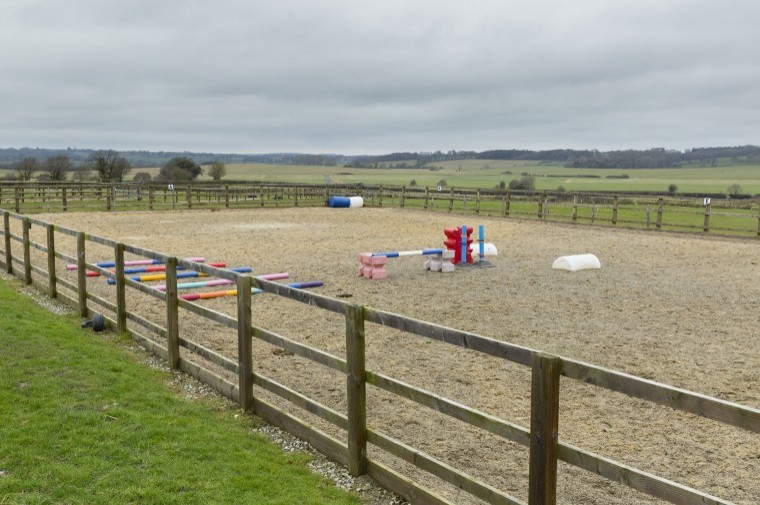As uncertainty grows in relation to farm subsidies, farmers and land managers are exploring new ways to generate additional income. Understandably many are keen to protect not only the character of the farm but also the countryside as it struggles to cope with the demands of the 21st century.
While small scale light industrial units or shipping containers are generally a safe bet, this urban presence and industrialisation of the farm isn’t for everyone. Finding a sympathetic diversification scheme that compliments the farming enterprise opposed to urbanising it might seem like a dream, but could equestrianism provide the answer? In the following articles covering the planning, legal and financial aspects we will explore diversifying to equestrianism in further detail, how it could be the key to unlocking underutilised farm buildings and add value to the holding, writes Jonathan Morris, associate surveyor at CLM.
Livery yards can increase secondary farm income generation, provide an element of agricultural gain and if carefully planned, compliment the character of the farm. However before jumping into equine there are some important factors that need to be considered. Firstly, it is important to consider your main objectives. If the mere sight of a horse on your farm sends shivers down your spine and you want a quiet life then an equestrian enterprise is probably not for you. If, however you are happy to welcome new people on to the farm and embrace the challenges that come with equestrianism it can be relatively easy to lock in to the equestrian market and create that complimentary arm to the existing farming business.
Having established whether such a venture is right for you personally or if you have had to submit to pressures from partners or children, the next step is to decide on the operational model you wish to adopt. This might be a simple DIY (Do It Yourself) yard offering stabling within an existing building and minimum managerial input or you could dedicate yourself to the running of the yard and offer a high-end service with a range of facilities. Deciding on the scale and model should be done by assessing your location, level of competition and also the investment proposals for the business in terms of capital, buildings and labour.
Initial set up costs ultimately depend on the size of the operation. Converting an existing building is by far the cheapest option. Modern stable partitions range from £800-£1,200 per stable and provided the building is watertight, it should satisfy those looking for the most basic accommodation. Alternatively, a fully fitted, purpose-built barn for 14 horses might set you back £50,000 and in both instances, there are numerous overheads to take in to account including utilities, insurance and maintenance costs.
Livery prices are remarkably resilient to change and have remained virtually the same since the millennium. This could simply be attributed to an oversupply of available space or that the industry as a whole hasn’t moved forward. Nevertheless, prices continue to be set by the traditional market factors of supply and demand as well as the scope of services being offered. A simple DIY yard comprising stables, turnout and access to hacking might charge £40 per week per livery. The availability of a manège might increase the return to £50 per week per livery and a more comprehensive set up with a wash box and access to a solarium could generate £60 per week per livery.
Once operational the amount of input required will depend on the scale and type of yard you have opted for. Small friendly yards arguably work the best and require the least input while yard owners pick and choose liveries. Higher up the market ladder can require more diplomacy and thicker skin as you manage your somewhat more ‘knowledgeable’ clientele. In every case, the key is to manage client expectations and be clear about the services you are selling. While at times running a livery yard can seem like a thankless task, with careful management and the right people they can breathe life back in to farmsteads returning them to the days gone by where they were full of hustle and bustle.
So, if you are considering jumping into equine remember; take a holistic approach to the concept, consider your objectives and, as with any business, be prepared to deal with inevitable highs and lows. Provided you commit to it, you will hopefully create a sustainable business that is able to coexist with the farming enterprise and bring value to the holding.
Click here to read the full feature on equestrian
Demand for livery: Lovejoy Farm Partnership
Flying change: Rural Planning Partnership
Focus on livery and equine business insurance: County Insurance Services Ltd
Starting an equestrian business: Wilkins Kennedy




